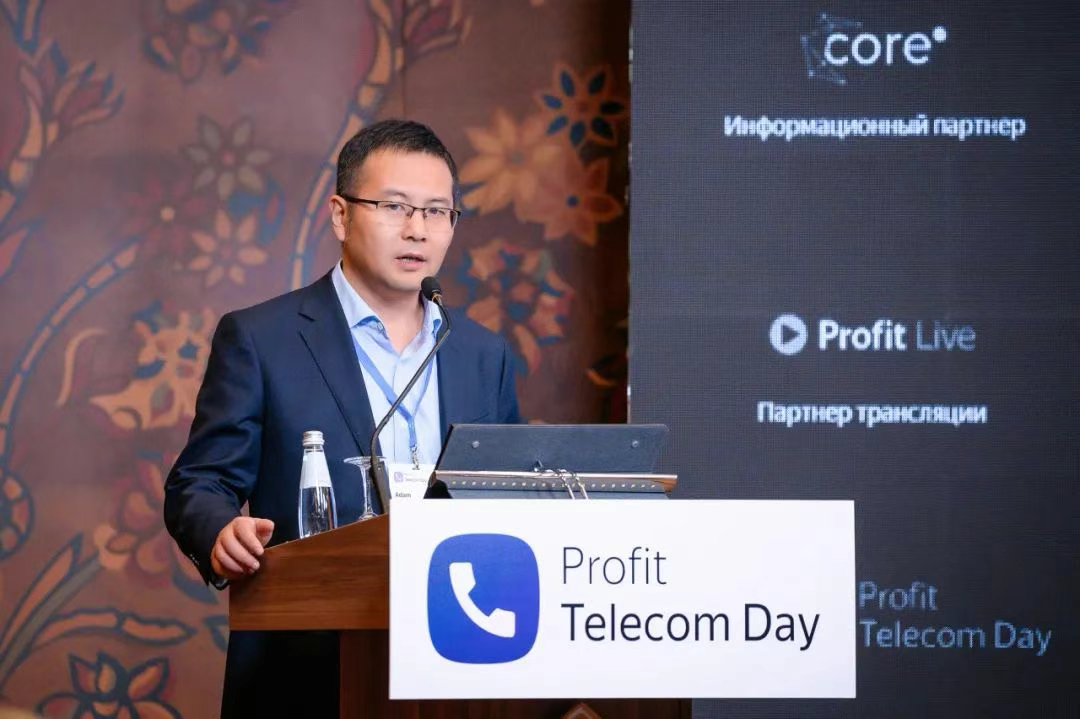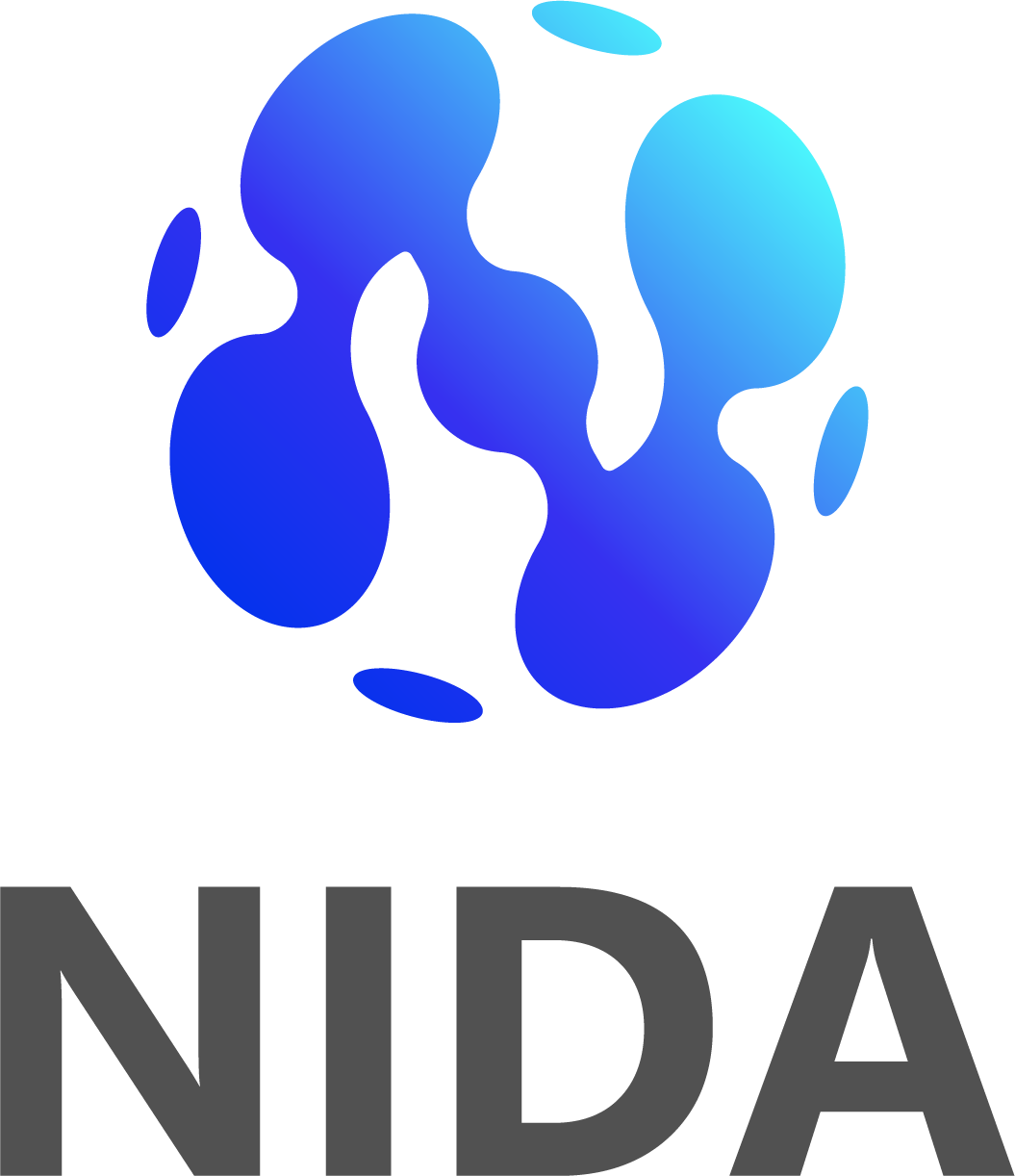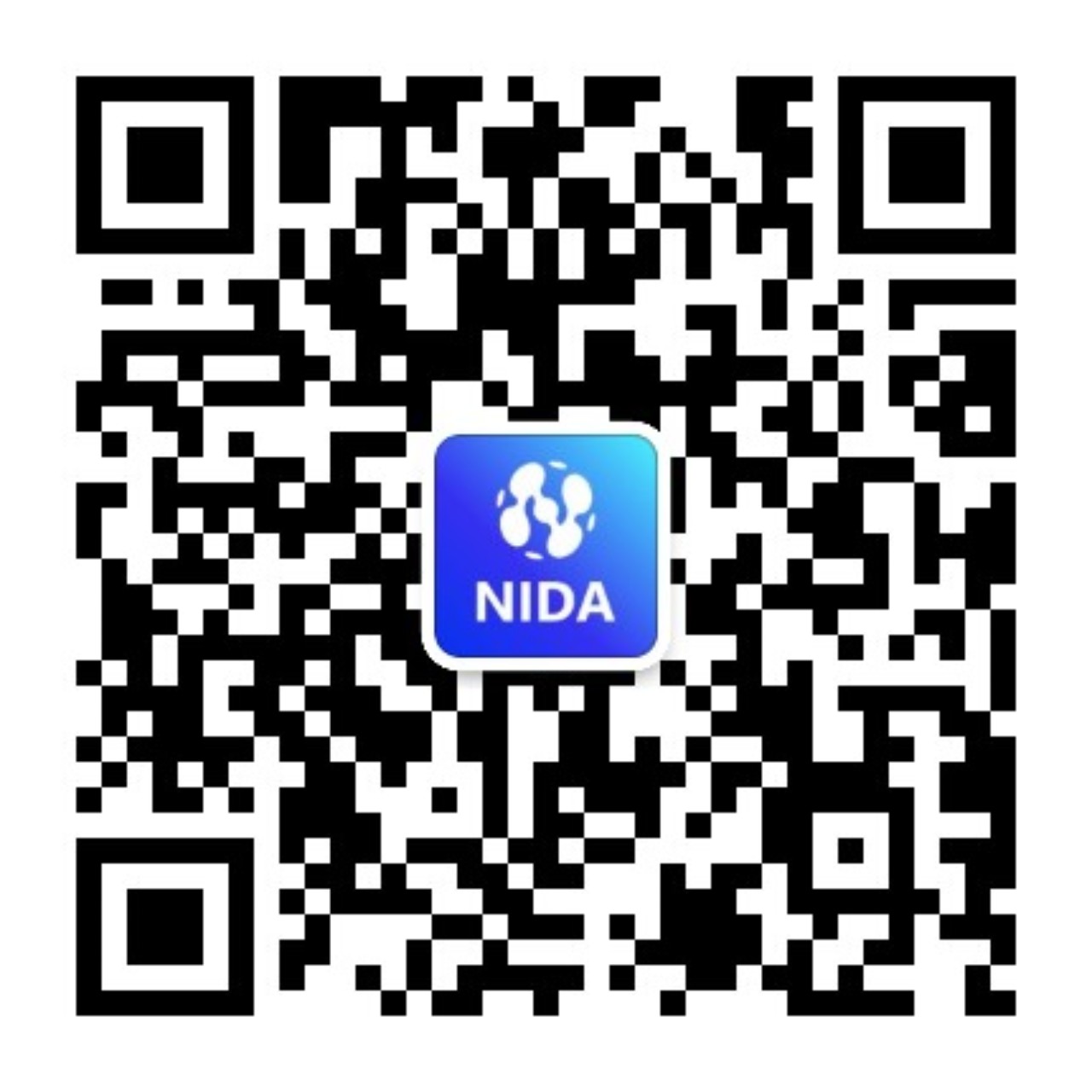NIDA Participated Profit Telecom Day in Kazakhstan
PROFIT Telecom Day 2025 conference was held on May 23 in Almaty, where market experts and representatives of telecom companies gathered to discuss the latest technologies for building digital networks in Kazakhstan. The conference was attended by more than 200 guests offline and more than a thousand online.
Olzhas Kabenov, Deputy Chairman of the Telecommunications Committee of ICRIAP RK, presented an overview of the telecommunications industry development. He also presented an international assessment of Kazakhstan's telecommunications infrastructure. Thus, according to the rating of telecom infrastructure development, in which 193 countries participate, in 2024 Kazakhstan took 41st place, rising from 96th place in 2008. And in the index of Internet development, our country is in 54th place (97th in 2019).
Within the framework of the national project “Affordable Internet” it is planned to subsidize small and medium-sized operators to build a local network in rural areas (covering 1123 rural settlements), connect 3039 SNPs to high-speed Internet, as well as increase Kazakhstan's share in data transit between Europe and East Asia to 5% and attract BigTech companies to the country's market.
Asylbek Khairushev, President of the National Telecommunications Association of Kazakhstan, spoke about the current state of the communications industry in Kazakhstan. According to him, in the structure of revenues of communication services in 2024, 48% of revenues will be accounted for Internet services, 21% - for mobile communications, 19% - for other telecommunication services. At the same time, two megacities, Almaty and Astana, account for 82% of the total volume of communication services in the Republic of Kazakhstan. This indicates the uneven distribution of communication services in the country.

The conference included a panel session where experts discussed the achievements of Kazakhstan telecom and possible growth points for the next few years, current threats to operators and traffic exchange centers. And representatives of telecom companies and vendors told about their products and presented interesting cases from the telecom sphere.
One of the key reports of PROFIT Telecom Day 2025 was the speech of the representative of Network Innovation and Development Alliance (NIDA). Adam Zhangjun told about the evolution from IPv6+ to the Next Generation Network. The speaker emphasized that the purpose of NIDA is to define the path of development and standards for building networks of global network infrastructure, as well as to stimulate the modernization of the network industry. NIDA research involves working groups in several areas - network development, campus networks, security, and data center networks.

According to the speaker, the advent of the intelligent era brings the Internet to a new stage. The general development vector points to the transition from basic network infrastructure (IPv6, MPLS - 1998-2000) to a fully intelligent, data-centric network managed by AI (2030). The evolution of the Internet is a process of successive “waves” of innovation: from 1998 to 2030, there are four main phases, each driven by specific needs and technologies. Initially, the evolution of the Internet was driven by technological innovation and manufacturers (1998-2000). Then the baton was taken over by the demand for applications and OTT services (2010). Currently and in the future, strategic demand from industrial enterprises and AI technologies directly are becoming the main drivers. Ultimately, the development of the Internet is heading towards the fourth “wave” - next-generation networks based on artificial intelligence https://profit.kz/tags/ai/ (2030). AI is positioned as a key element of next-generation networks, defining the characteristics of the network (smart, green, safe) and being its driving force.
In doing so, the next generation network defines four different challenges. “New Brain of Internet” (New Brain of Internet) is expressed in four interconnected connectivity scenarios:
- Connecting to Computing. 500x growth in computing power globally by 2030 (Fragmented Computing, Distributed Collaboration, Ultra Long Range Learning, Million Card Cluster).
- Connecting to Intelligence. Over 1 billion AI terminals and assistants (Virtual digital humans, embodied intelligent robots, office meta-universe, intelligent travel).
- Connecting to Data. The huge volume of data transactions (2 billion yuan on the Beijing International Data Exchange) emphasizes the need for reliable data circulation (data circulation control, reliable data circulation, high-speed data networks).
- Connecting to Communication Satellites. 20,000+ satellites (integration of satellite communications, air-to-ground interaction, eVTOL - electric vertical takeoff and landing aircraft).
Each scenario places specific requirements on the next generation network related to scale, performance, reliability and new capabilities.
The next generation network architecture will be distributed and layered. To meet these requirements, the network will include edge computing (Edge Computing, for wireless offices, secure campuses, smart manufacturing); Regional Computing Centers (Regional Computing Centers) interconnected to the periphery and core; high bandwidth backbone networks (400/800GE Intelligent MAN/Core) to provide high-speed transmission between different layers and data centers;Core Computing Centers; Ultra-converged Data Centers (Ultra-converged Data Centers) .
Thus, the network of the future will be characterized not only by high bandwidth, but also by the ability to deeply integrate different types of data, computing resources and intelligent systems. In this case, the next generation networks are shaped by four key technologies - ultra-broadband connections, IPv6 protocol extensions, a new intelligent network - the “Brain of the Network”, and new security mechanisms.
It is worth noting that at the recent BRICS Future Networks Innovation Forum held in Shenzhen on April 28, Deng Yi'ou, Secretary General of NIDA, and Shavkat Sabirov, President of the Internet Association of Kazakhstan, signed a memorandum of understanding. The parties intend to carry out comprehensive cooperation in various fields:
1. Create a technologically advanced global industry innovation platform for next-generation networks, driving innovation in various industries and supporting digital transformation in critical sectors such as energy, healthcare and agriculture.
2. Jointly organize international forums on Internet technologies, establishing new paradigms for global cooperation and creating mechanisms for technical dialogue among BRICS countries.
3. Promote the development of “Pioneer Cities” by cultivating global standards for next-generation networked cities and promoting first-class urban network infrastructure.
This strategic partnership agreement establishes a multi-dimensional integrated structure of “technology-standards-policy-industry”. Guided by the principles of joint technology R&D, joint ecosystem building and value sharing, and using the Pioneer Cities Initiative as a strategic anchor, the two parties will jointly establish a model for international cooperation between industrial organizations.

